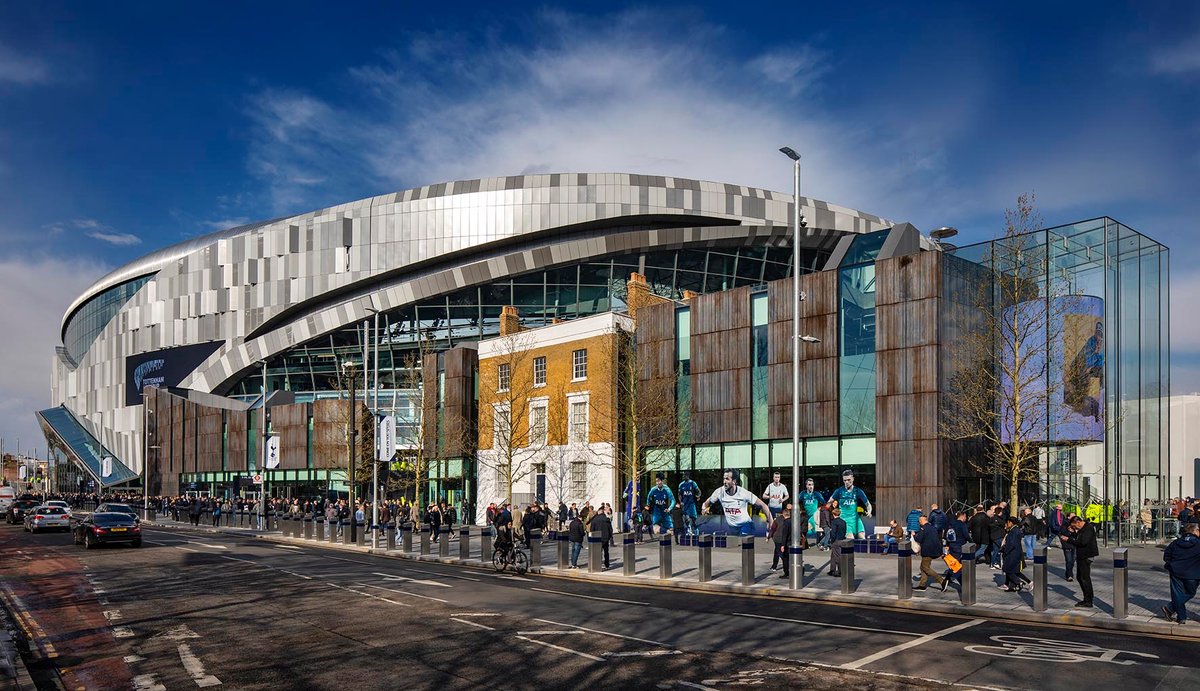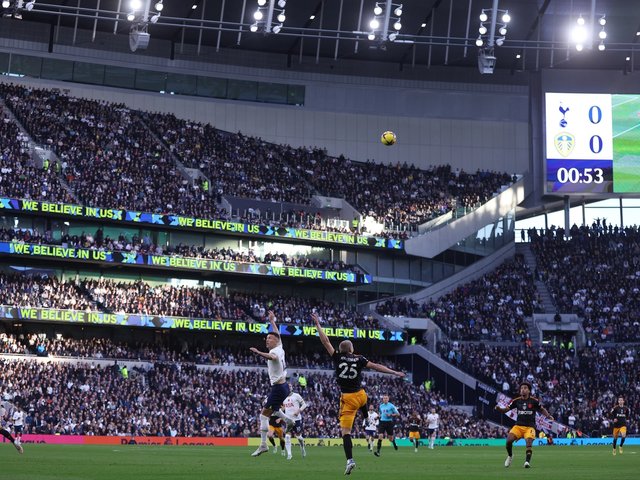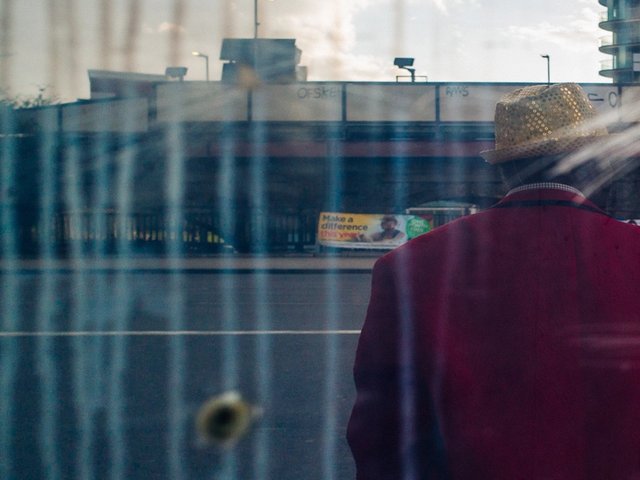As Euro 2020 brings a much-needed sense of spectacle, celebration and togetherness back into our pandemic-addled lives (even if other cultural venues remain woefully, inexplicably hampered by Covid-19 restrictions), a new gallery is opening that cleverly combines the two.
OOF, the magazine that mines the rich seam of where art meets football, launches a permanent space on 23 July in the grounds of Tottenham Hotspur Football Club in north London, the first UK team that can boast a commercial art gallery in its stadium.
The publishers behind OOF have been organising exhibitions for the past three years. Eddy Frankel, the chief art critic for Time Out and OOF co-founder says: “Our hope was that we were going to curate bigger and bigger shows in different places. So, wherever there was a World Cup or a European championship, we’d be able to curate an exhibition in a big museum.”
But then the idea came to open something more permanent, less nomadic. “I liked the idea of people walking to the match and going past art, like a window gallery,” says Frankel, who is a die-hard Spurs fan. “So I just approached the club and said, ‘I’m Time Out’s art critic and I run this magazine. Can we open a gallery in your stadium?’ And somehow they liked the idea.”
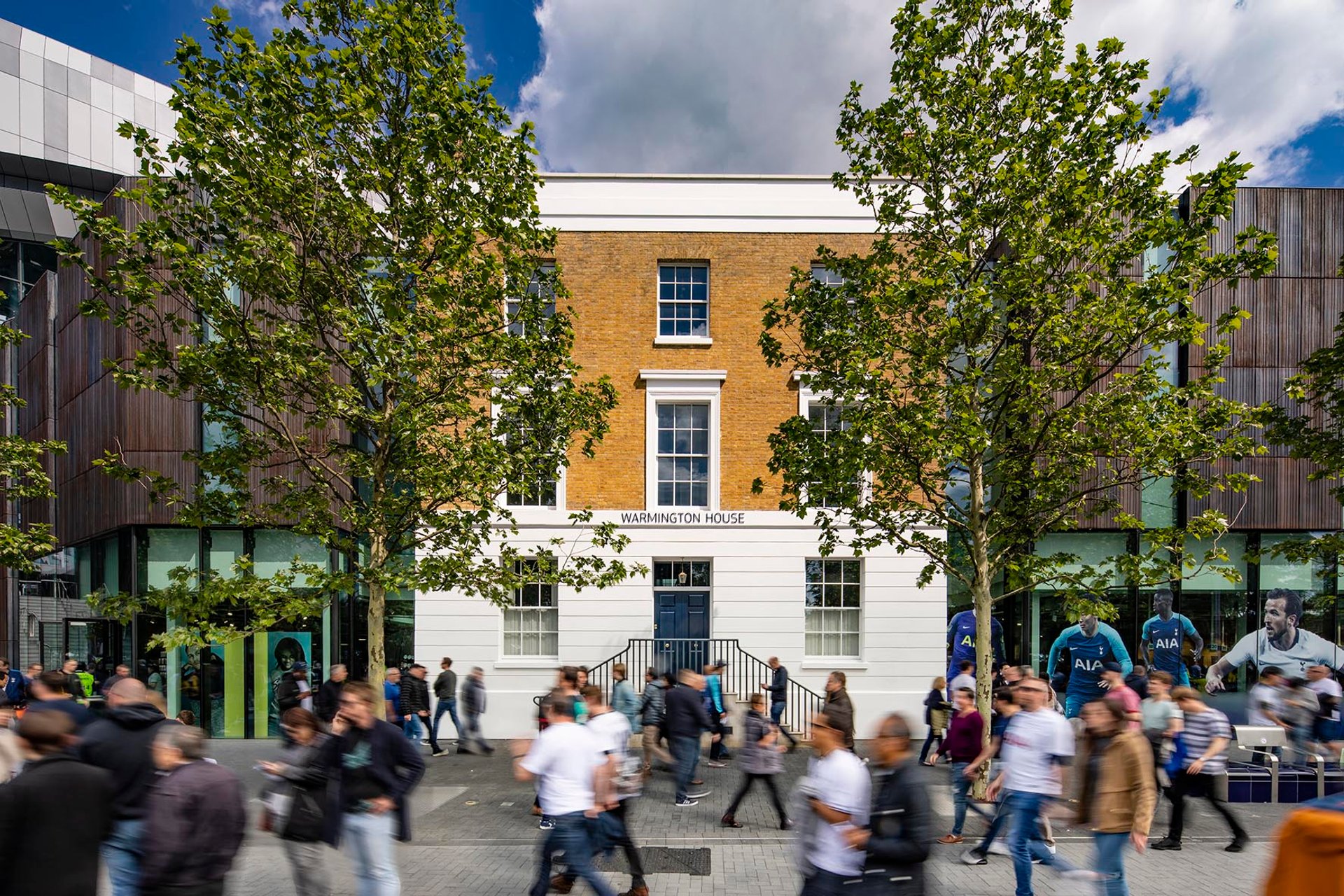
Warmington House © Edward Hill photography/F3 Architects
The gallery occupies the Grade II listed Warmington House wedged within the stadium’s walls and is accessed through the club’s shop, which receives 20,000 fans on match day. That means nearly one million visitors could potentially visit OOF gallery in one season, on a par with some of London’s biggest institutions.
Frankel is relishing the opportunity to bring art to a wider audience. He says: “We’re not curating shows for art snobs or people who have degrees from Goldsmiths or the Courtauld. We’re curating specifically for people who would not normally go to a gallery.”
Duly, the first show is titled simply, Balls, and features (you guessed it) sculptures of footballs. The seeds for the exhibition were sown when OOF co-founder Justin Hammond started posting images online of footballs that were works of art with the hashtag #uselessfootballs. “They were useless because you couldn’t kick them because they are worth so much fucking money,” Frankel points out. “It dawned on us that this was a good idea for a show so we both started contacting the people who owned these works, gallerists like Sadie Coles, who were really helpful.”
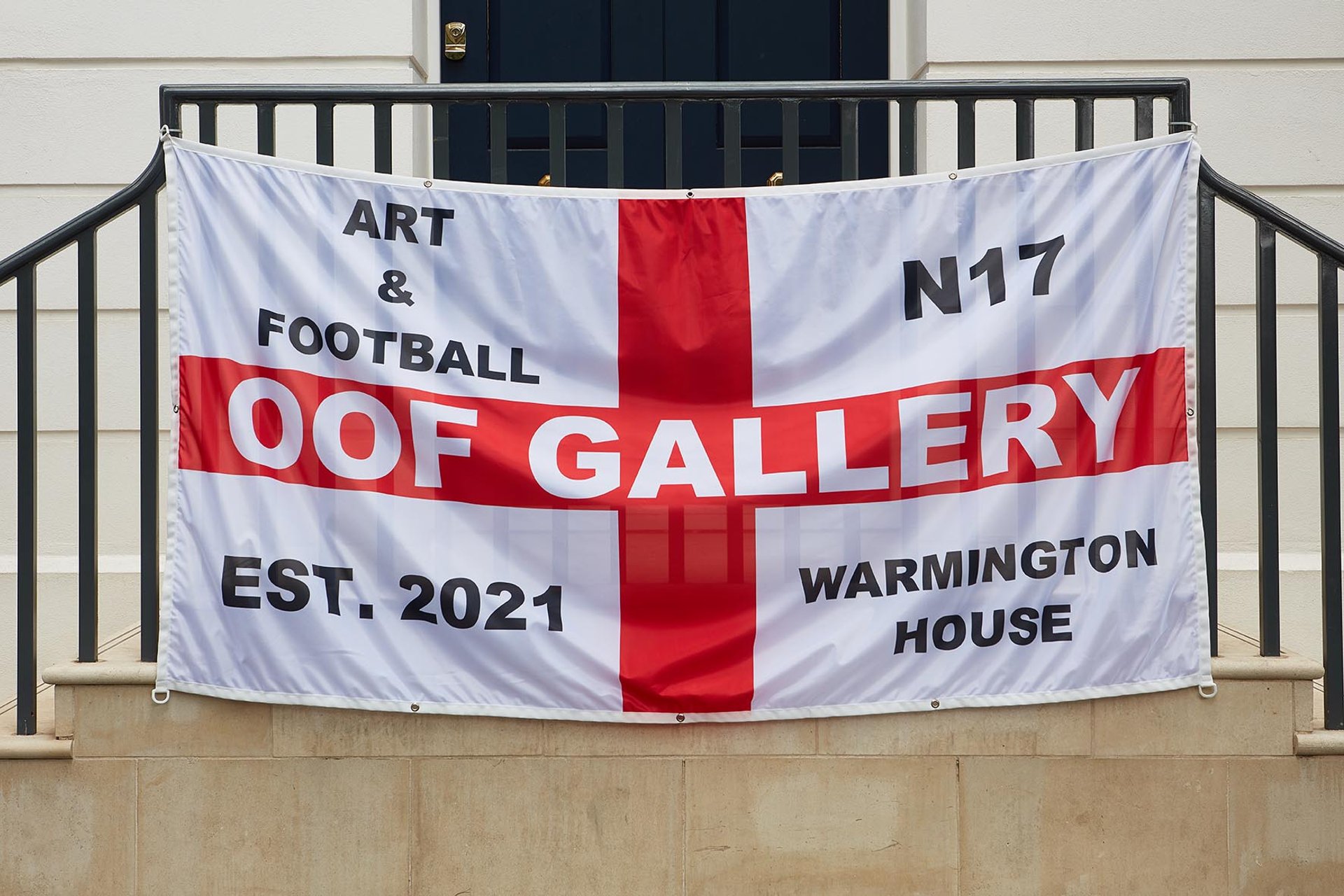
OOF Gallery will open in London on 23 July © Tom Carter
The exhibition brings together older pieces by big-ticket names such as Hank Willis Thomas, Marcus Harvey and Sarah Lucas, who created a number of works including a concrete ball for a show dedicated to the former Arsenal star Charlie George in 2002, and new commissions by artists including Lindsey Mendick and Rosie Gibbens. Some of the works have been loaned but the majority are for sale. Prices are not just pitched at wealthy footballers, ranging from £2,500 to £50,000, with editions available at £200.
Nonetheless, Frankel says he is prepared for some backlash from Spurs fans. “We’re ready for it,” he says. “But we are also massive football fans. And we’re coming at it from a football perspective. Football is a way of looking at society—we’re talking about celebrity and obsession and success through the lens of football, which I think makes it really appealing to lots of people. We hope the gallery will be good for the area.”


